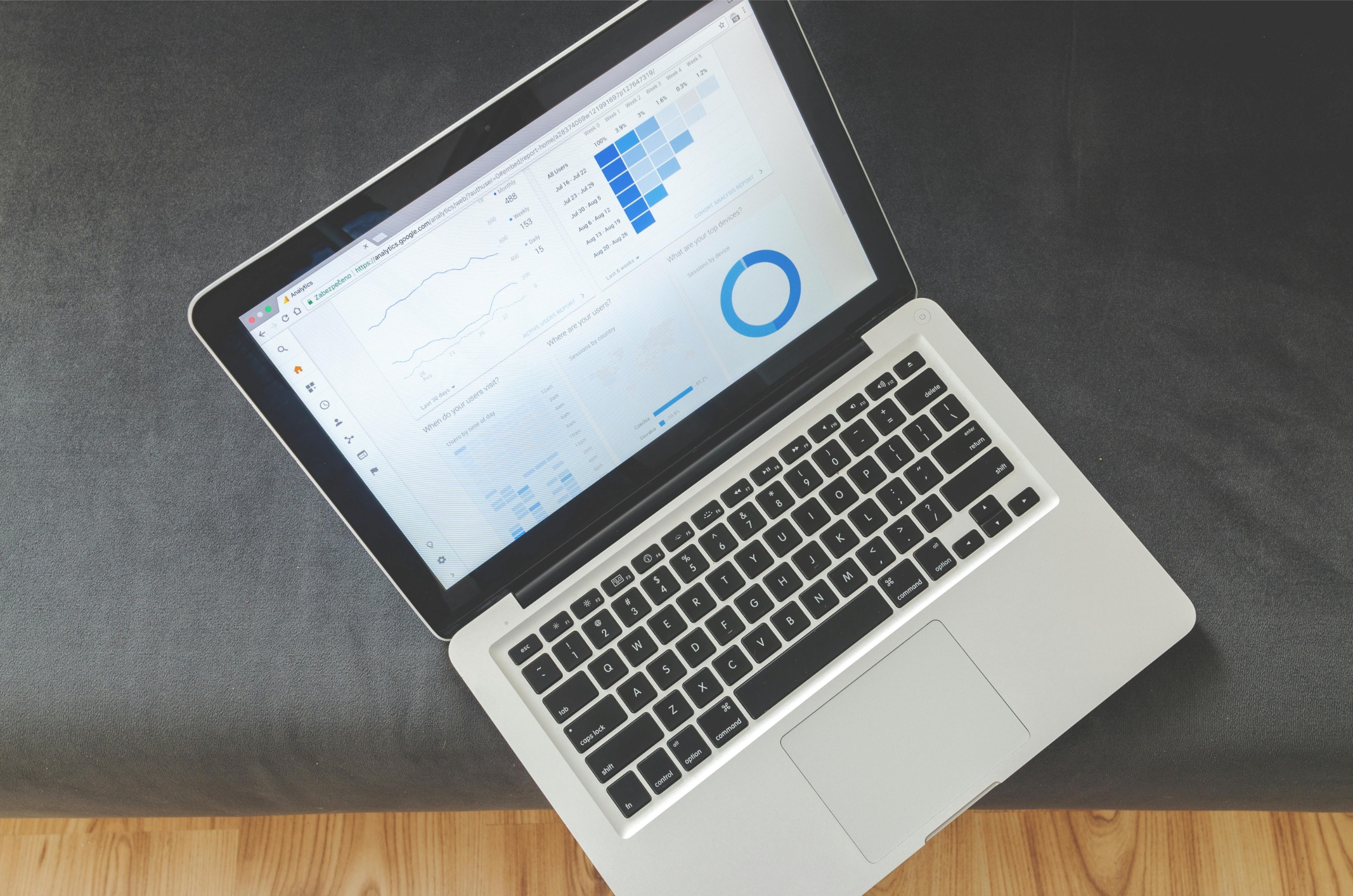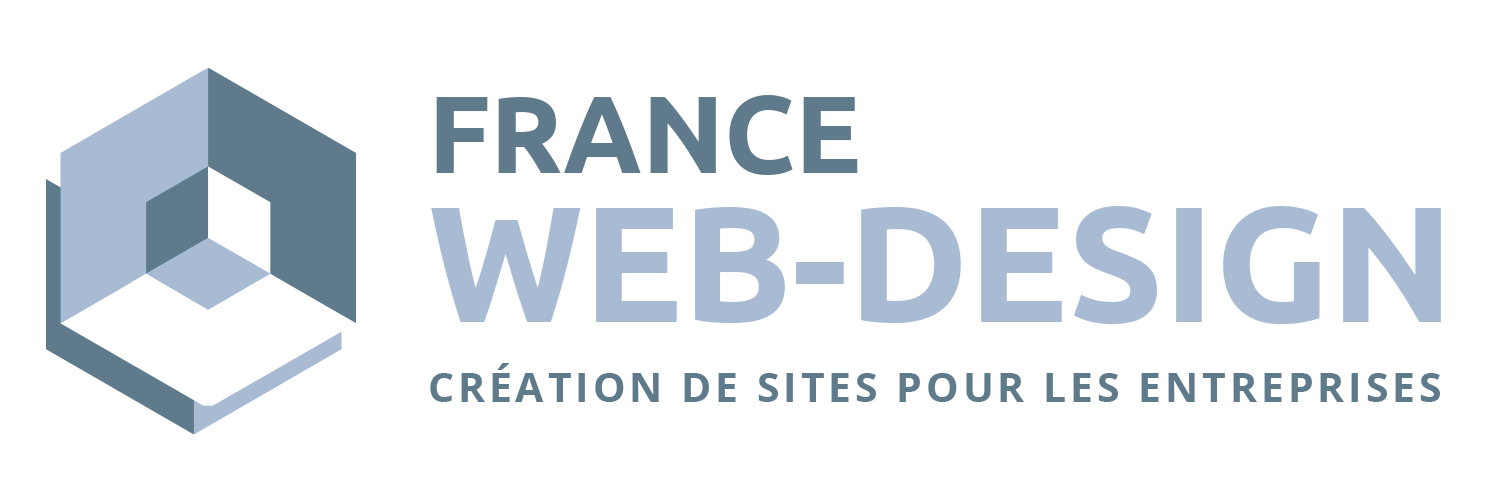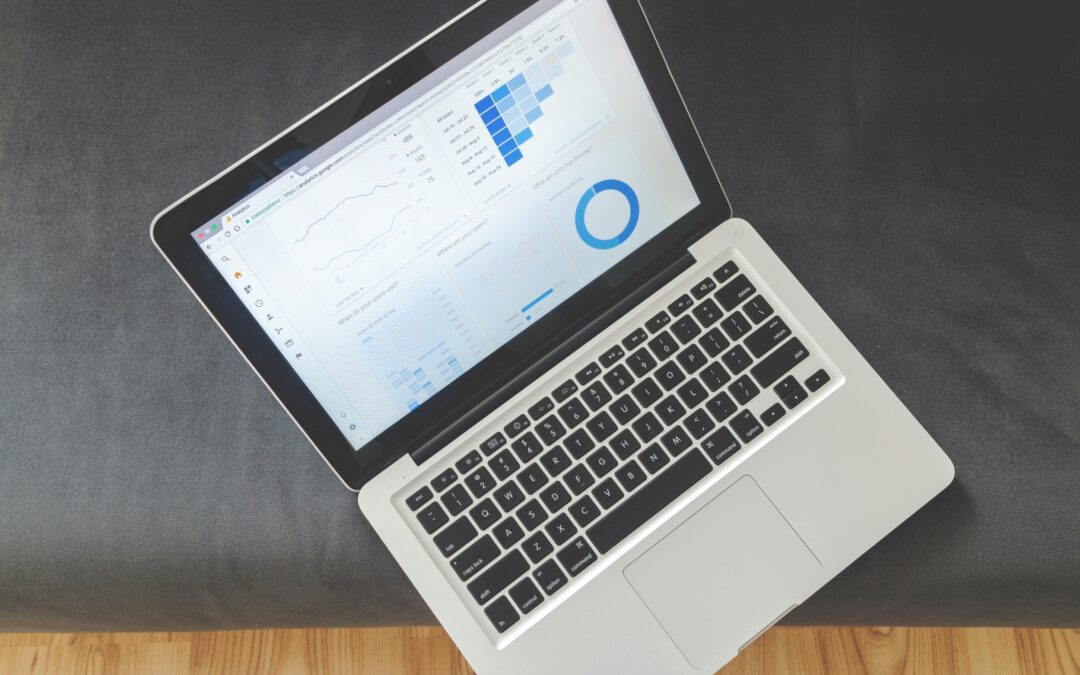Introduction
SEO (Search Engine Optimization) strategies are essential for strengthening your online brand and driving traffic to your website. In particular, for sites that are recognised authorities in their sector, optimising their visibility on search engines is a priority. Among the various SEO approaches, the acquisition of inbound links (or backlinks) occupies pride of place. When other reputable websites link to your content, it increases your site's authority and improves its ranking in search results. But how do you earn these links and strengthen your brand? That's the question we're going to try and answer.
Need a website?
Ask for a free quote!
html
The specific challenges of link building for authority sites
When a site already has a certain notoriety - online media, heritage brand, leading SaaS or established e-commerce - acquiring links is no longer a matter of basic visibility. It has become an imperative for maintaining algorithmic confidence and consolidating an expert image in the eyes of users. Google, in its latest algorithm versions (Helpful Content Update, SPAMBrain, E-E-A-T deployments), is particularly demanding of players perceived as leaders: the sheer volume of backlinks is no longer enough, contextualised links are required, obtained by organically and from domains with equivalent or superior reputations. There is a real risk of a mismatch between "offline" reputation and popularity measured online; an authority site that stops getting fresh mentions will gradually see its historical advantage eroded.
organically and from domains with equivalent or superior reputations. There is a real risk of a mismatch between "offline" reputation and popularity measured online; an authority site that stops getting fresh mentions will gradually see its historical advantage eroded.
Mapping your authority capital: an audit first and foremost
A truly effective editorial and netlinking strategy starts with a 360° audit. Tools: Ahrefs to analyse the backlink profile, Google Search Console to enter the exact anchors and Majestic for its "Link Context". Key indicators: Domain Rating/Authority, follow/nofollow distribution, freshness score, topical trust flow and geographical variety of referring domains. By comparing these metrics with a sector benchmark (using a Link Intersect function or a simple cross-export to Data Studio), you can identify areas of excess quality (redundant links on the same .edu domain, for example) and blind spots (total absence of backlinks from podcasts, absence of co-citations in academic papers if your sector is technical B2B). It is this diagnosis that will guide the prioritisation of projects: producing a linkable asset, meeting journalists, launching a proprietary market study or activating press relations platforms.
Create linkable assets that reinforce the brand
Exclusive data reports: a historically winning lever
Take HubSpot, for example. The marketing software company realised very early on that its internal data on email open rates and the growth of acquisition channels was of interest to the press. By publishing "The State of Marketing" every year, the brand generates hundreds of academic, institutional and media links, while establishing HubSpot as an academic reference. Production costs are limited: extraction from the CRM database, Datawrap visuals, etc. per, and a clear angle; the gain in branding and SEO is colossal. To reproduce this diagram :
per, and a clear angle; the gain in branding and SEO is colossal. To reproduce this diagram :
1) Identify the data aggregations to which only you have access;
2) Structure them in a trend book with storytelling;
3) Offer a press kit (graphics, quotes, available spokesperson).
Free calculators and tools: link acquisition and lead generation
Moz has long dominated domain authority checker queries thanks to a simple free widget. The result: thousands of inbound links from blogs that recommend it in their SEO tutorials. In finance, HelloSafe has copied the method via loan calculators, and MétéoFrance quadruples its backlinks on hot days thanks to its "live weather observation tool". To succeed: target a specific pain point (e.g. carbon footprint estimate), solve it using an interactive tool on your sub-domain, make the integration embeddable so that the media and bloggers can insert the widget (and therefore the backlink).
Digital public relations: bringing PR and SEO together
The concept of "Digital PR" born in the UK (promoted by the agency Rise at Seven) consists of reusing the codes of corporate communication to generate high-authority links. Instead of sending out a purely SEO press release, we deliver a story worthy of a lifestyle article or a business paper. A famous example: the "Most Instagrammable Street Art" operation carried out for PrettyLittleThing; interactive mapping, a pitch to Guardian journalists, a hook on the boom in post-COVID city breaks. The brand got both do-follows in the culture section and a spike in Google Trends brand queries. To transpose the recipe: identify a societal angle consistent with your values (e.g. circular economy if you sell furniture), collect exclusive data or visuals, prepare an accessible "one-pager" and a press release contextualised by country.
The role of physical events in netlinking
We often forget that conferences and trade shows generate natural links and mentions: speaker page, blog recap, tweets quoting the presentation. Salesforce has built up mountains of backlinks thanks to Dreamforce; each session has a replay hosted on the corporate site with transcripts opening up opportunities for embedded citations. The 2022 editions saw 1,800 new referring domains (source: Ahrefs). For smaller players, sponsoring a track at a niche trade show or offering a keynote with a downloadable PDF on their own domain can trigger a flood of links. Bonus: increased trust through social proof, as seen at Vivatech.
Strategic but selective guest publishing
Inviting in-house experts to publish on other media is still relevant, but with two rules: semantic relevance and adding value over and above what already exists. Since 2022, Google has been insisting on the dilution of the value of massive guest posts. Take Ahrefs, for example: the company doesn't write 50 guest articles a month, it publishes 4 to 5 extremely expert articles on Search Engine Journal, Search Engine Land or Smashing Magazine. Each one includes a deep-linked backlink (to a specific guide) and co-branding to give the brand credibility. Mechanism: establish a unique pitch, propose an exclusive angle (internal study, Beta access), negotiate the do-follow, but remember that even a valuable no-follow in the NYTimes is sometimes worth more than a do-follow in a directory blog.
The programmatic approach: automating the long tail and attracting links
Programmatic content publishing (e.g. location pages, massive product sheets, dynamic comparators) can multiply link opportunities if it respects the quality rule. Zapier has generated over 25,000 pages integrating combinations of tools (Slack + Gmail integration guide); each page becomes an asset for a technical blog seeking to illustrate a tutorial. Result: +45 % new referring domains in two years (internal data 2022). To achieve this:
1) create a rich page template (FAQ, captures, contextualised CTA) ;
2) feed via API or internal database ;
3) monitor Search Console to remove zombie pages and preserve the crawl budget.
Reputation management and E-E-A-T: Google's take on authority
E-E-A-T (Experience, Expertise, Authoritativeness, Trustworthiness) is now an integral part of the Search Quality Rater Guidelines. For an authoritative site, signing off articles by identified writers, transparency of sources and highlighting certifications are becoming must-haves. The Mayo Clinic, a health reference, credits a doctor for each piece of content, provides the date of the latest medical journal and lists its PubMed bibliography. Backlinks then flow naturally to the author page, reinforcing a virtuous internal linkage. Your to-do list: create author pages, use schema.org/Person, display qualifications and experience on LinkedIn, and set up a visible review process (review box at the top of the article).
Measuring performance: auditing, testing, adapting
Priority KPIs: the number of unique, high-authority referring domains (Spoiler: DA >60 or DR >70 is often the bar, but thematic relevance takes precedence). This is followed by the growth in brand queries (Google Trends, GSC Impressions on [brand + keyword]) and positioning on competitive keywords. In Looker Studio, cross the referring domains curve with non-brand organic sessions to isolate causality. Also include Brand Lift from YouGov surveys or the Google Ads Brand Lift tool (for YouTube campaigns); an increase in assisted recall can justify PR investment even if the links are no-follow.
Risks and negative signals: algorithmic penalties and disavowal
Paying for links is still tempting, even for strong brands. Toyota UK suffered a drop in visibility in 2020 after a massive partnership with a network of overly interlinked car blogs. Recovery: disavowal via Google Search Console, manual deletion of 2,000 over-optimised anchors, gradual restoration of positions. Prevention is better than cure; impose an ethical charter internally, prohibiting bulk buying and out-of-control automation. Suspicion of Negative SEO? Use the Search Console Link Report + Ahrefs New & Lost to detect abnormal peaks, then disavow as necessary (.txt file) while documenting each step.
Synergies with social media and content repurposing
An asset published on LinkedIn or Twitter Spaces can amplify its reach and multiply citations. Example: Canva's interactive infographic on the evolution of logo design first created a buzz on Pinterest, then was integrated by Forbes and Entrepreneur, generating +180 referring domains. Strategy: plan a content flywheel calendar: the long article + infographic + TikTok micro-video + podcast intervention. Each micro-format points to the main URL (canonical campaign) and encourages creators and journalists to cite it.
Implement an internal process for creating links
Recommended organisation chart: an SEO strategist, a PR manager and a data journalist. Agile methodology: sprint 1 brainstorming ideas, sprint 2 production, sprint 3 outreach. Tools: Monday for tracking, Pitchbox for personalised emailing, Notion for the editorial calendar and BuzzSumo for detecting trending topics. QBR (Quarterly Business Review): we present the progress of Domain Authority, the evolution of share of voice (Semrush Sensor) and an opportunities vs. effort table. A clear process avoids the one-shot campaign syndrome, which is forgotten after a month.
International integration: localising without diluting power
A glob-nav company (e.g. Decathlon) is often faced with the multilingual question: should there be one domain per country or a sub-domain? When it comes to netlinking, the ccTLD (country domain .de, .es) more naturally attracts local backlinks (newspapers, universities, partners). For example, decathlon.de benefits from 1,200 links from regional German newspapers, whereas the sub-domain de.decathlon.com would statistically get fewer. However, server management is not neutral: maintenance, duplication of content, etc. For the notion of consolidated authority, an international hub strategy (.com) with a /fr /es /de directory can pool link juice. Practical rule: choose the simplest structure to maintain, then compensate for the lack of local signals via a proactive programme of partnerships (chambers of commerce, sports associations, enthusiast blogs) in each language.
Exploiting co-citations and co-occurrences
The traditional backlink (tag <a>) is no longer the only signal; Google BERT and MUM understand semantic co-occurrences. Example: when the Financial Times quotes Stripe and Revolut in the same paragraph, even without a link, Stripe gains authority through contextual proximity. To capitalise on this, encourage your brand to be mentioned in expert content, even where a link is impossible (paper press releases reprinted as PDFs, association forums). Add "Click to Tweet" to your articles to encourage text citations; even without a link, the algorithm links your entity to key concepts, improving your Knowledge Graph.
Interactive data visualisation: a magnet for top-of-the-range backlinks
The Pudding and The New York Times infographics are cited as masters of the genre. Their secret is not just graphic; they also provide an integration code.

